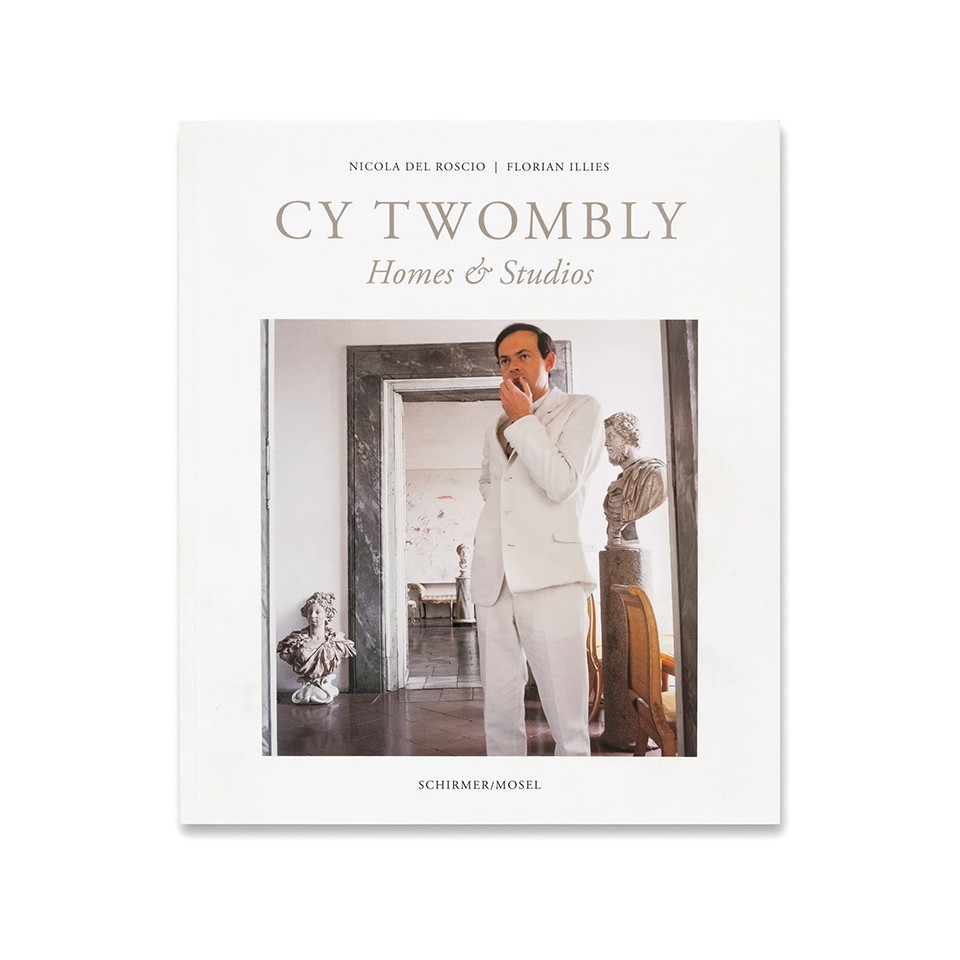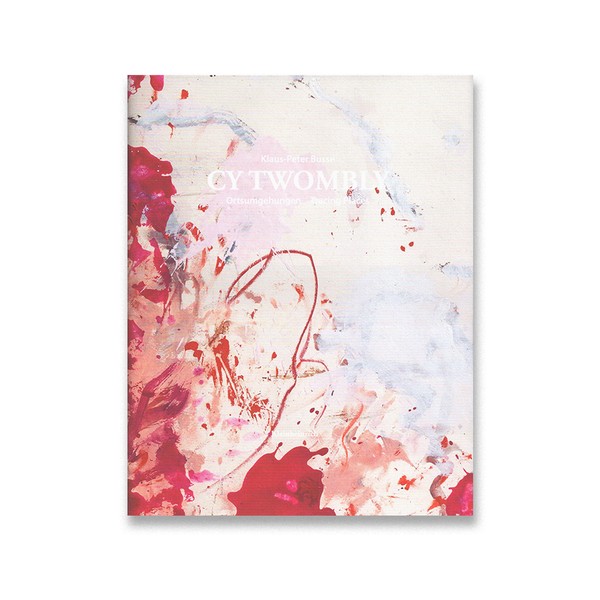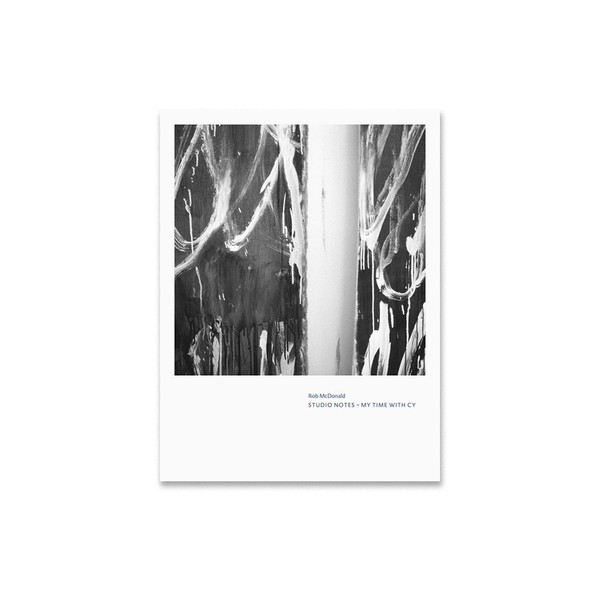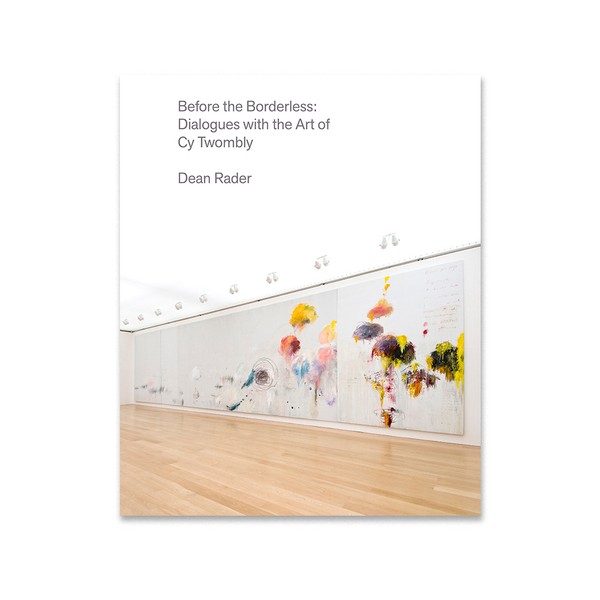Cy Twombly. Homes & Studios
Texts by Nicola Del Roscio and Florian Illies

A richly illustrated volume with 135 photographs by 15 photographers, Cy Twombly: Homes and Studios will be of interest to scholars working on any aspect of Twombly’s studio practice or his homes and collections. Homes and Studios includes two essays, “A Contemplation of Space, Time, and Light” by Nicola Del Roscio and “Our Moment” by Florian Illies, each reproduced in English, German, and French. Del Roscio’s essay includes detailed descriptions of each of Twombly’s main residences and studio locations—Rome, Bassano in Teverina, Lexington, and Gaeta—and articulates their role as “a preparatory study or laboratory for his works” (14). He contextualizes Twombly’s Ferragosto (1961), Turn + Coda (1973), and Aristaeus Mourning the Loss of his Bees (1973).
Referring to Twombly as “a guest in our times” (25), Illies focuses on Twombly’s temporal orientation towards Homer and Ovid. Illies extends this to the artist’s homes and studios in framing them as “part of this magical current flowing from the past into the future” (26). He describes Horst P. Horst’s 1966 photoshoot with the artist in detail, arguing that Twombly’s artworks (both those he produced and those he collected) “transform” (28–29) when the artist is present. He also considers the artist’s rise to international prominence in this moment and its documentation and construction in Horst’s photographs, “locat[ing] Twombly between antiquity, the Renaissance, and his work” (30). Illies concludes with discussion of various photographic approaches to Twombly’s homes and studios and their utility in understanding his broader practice.
The volume is divided by both place and time period: New York, 1954; Rome, 1958–1962; Rome: Via di Monserrato, 1965–1994; Bassano in Teverina, 1978–1992; Gaeta, 1994–2008; Itri, 2005–2009; and Lexington, VA 1997–2012. The three New York photographs were taken in Robert Rauschenberg’s Fulton Street Studio. The first set of Rome photographs include documentation of works while in progress such as Vengeance of Achilles (1961), Academy (1962), Olympia (1962). The second set of Rome photographs include the aforementioned Vogue photoshoot, documentation of the artist’s collection (e.g., Andy Warhol’s Tunafish Disaster [1963]), and records of the artist himself amidst these idiosyncratic surroundings. The Bassano photographs document the palazzo, its contents, and the surrounding village. The Gaeta photographs include documentation of Quattro Stagioni (1994) in progress, inscriptions, intricate architectural features, and the artist’s library. The Itri section documents the artist’s warehouse studio near Gaeta, with in-progress photographs of Green Paintings (2002–2003). The Lexington photographs document Say Goodbye, Catullus, to the Shores of Asia Minor (1994) in the studio. There are also photographs by the artist that focus on light and shadow, and documentation of Lepanto (2001) and various sculptures in progress.
This volume will be of interest to students and academics alike researching Twombly’s working practice, his collecting activity, or the architecture of his various homes. Scholars interested in the Horst P. Horst photoshoot should also consult the article with which the photographs were published in Vogue, Valentine Lawford’s “Roman Classic Surprise” (1966). Other major reference volumes that may be consulted alongside this one include Writings on Cy Twombly, ed. Del Roscio (2002).
(Publication description by Jamie Danis)
Cy Twombly. Homes & Studios. With texts by Nicola Del Roscio and Florian Illies. Published by Schirmer/Mosel, 2019. 264 pages, fully illustrated. English/German edition.



